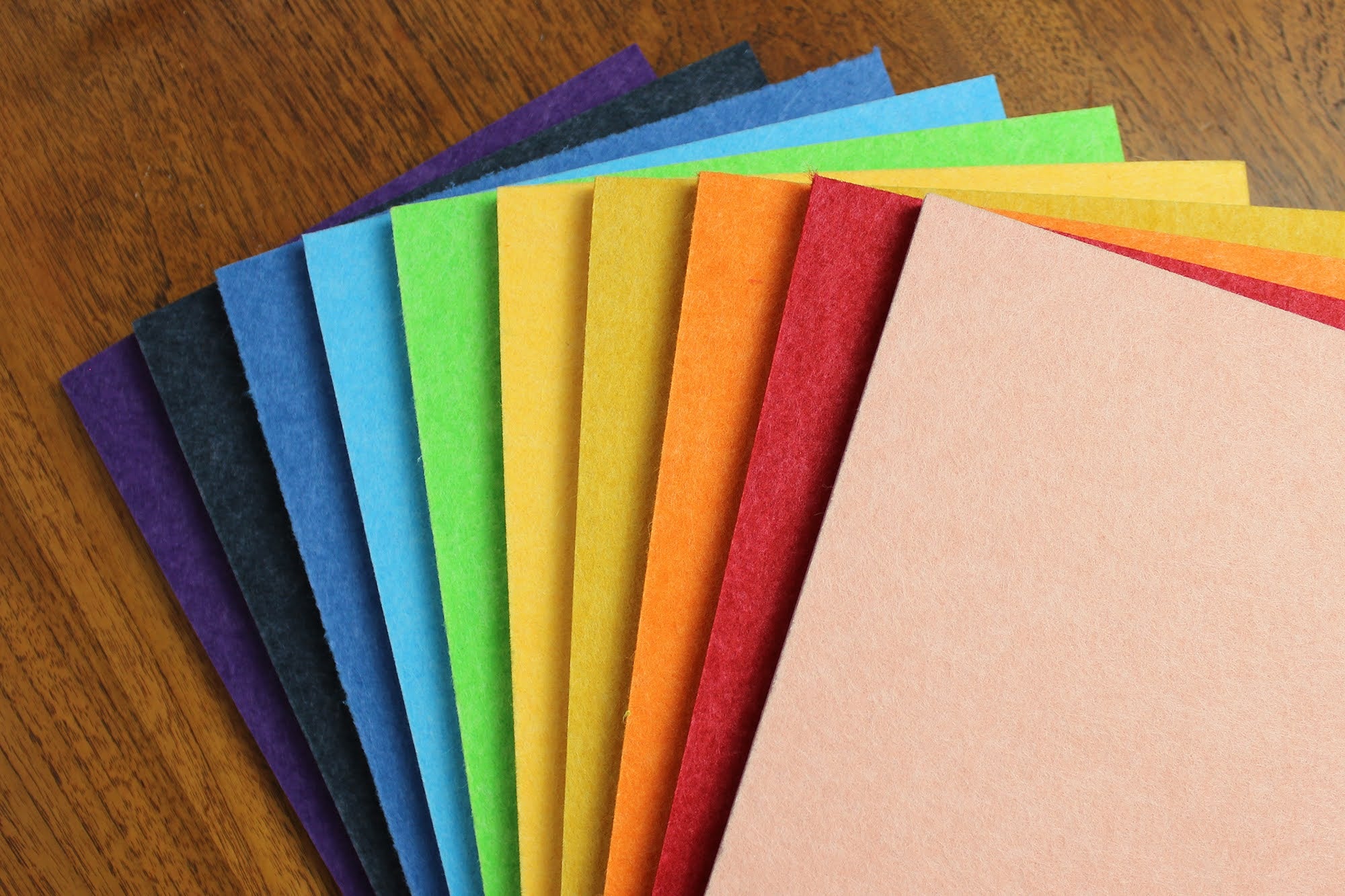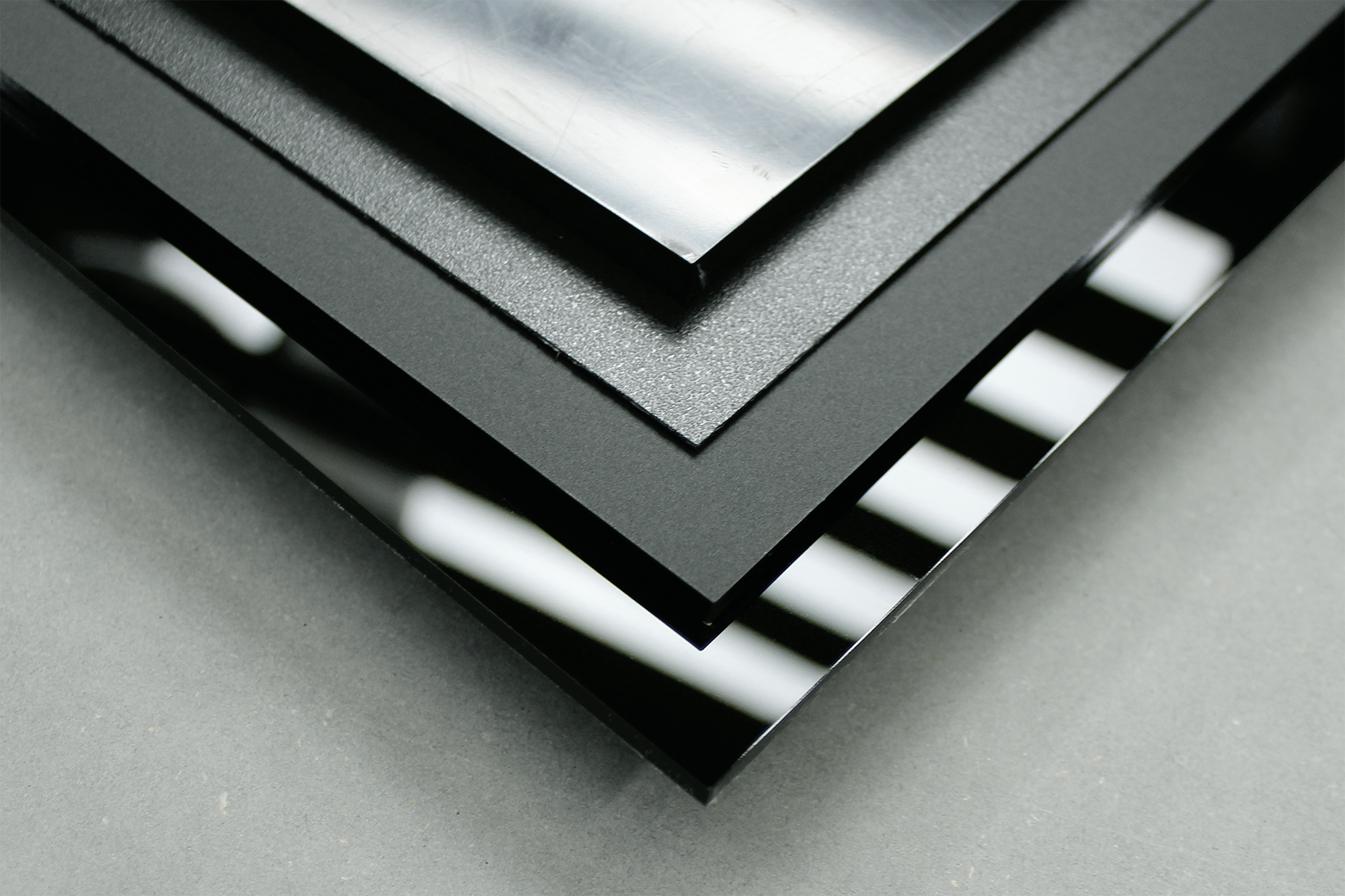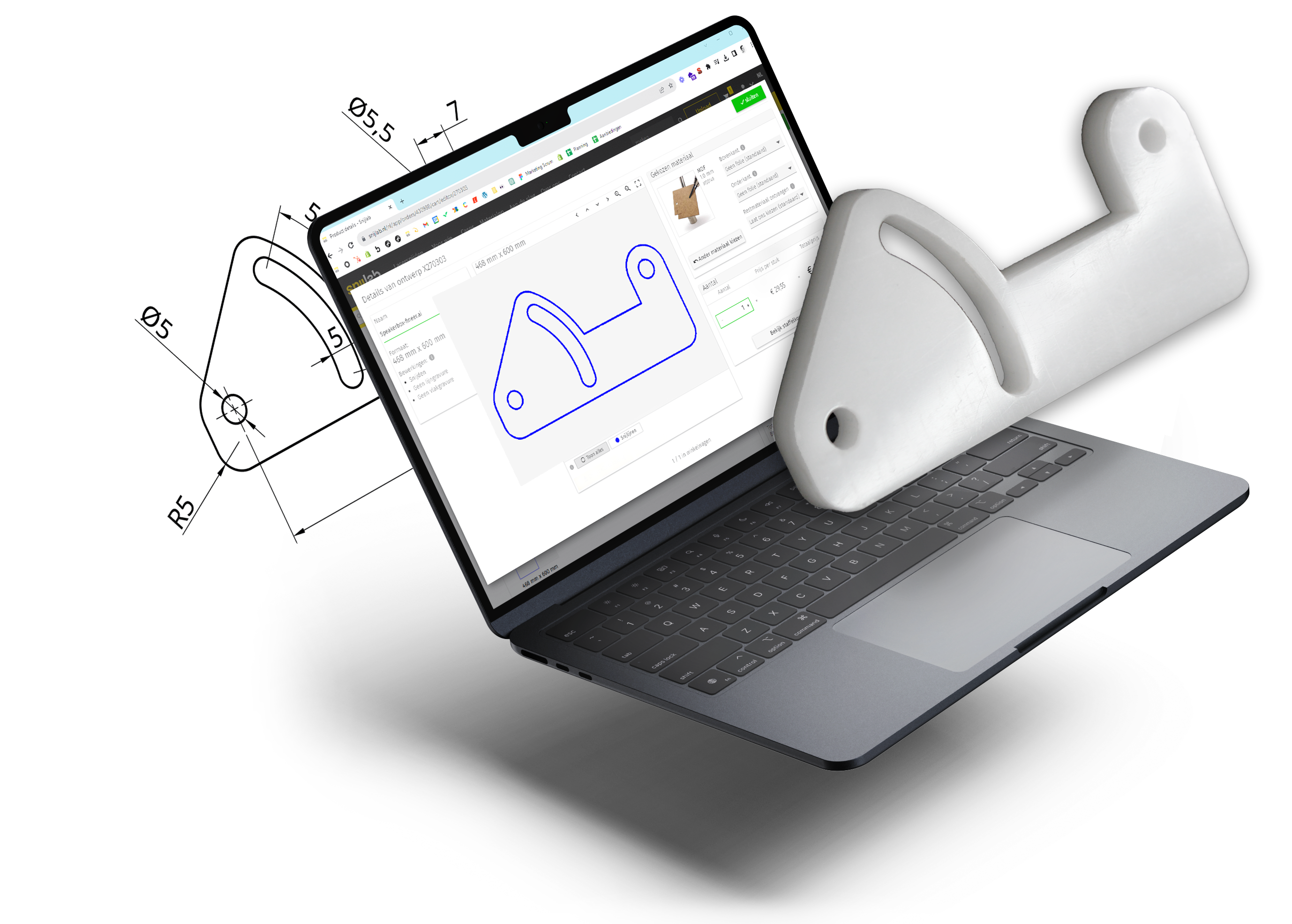From now on you can order sample chains at Snijlab. You may already be familiar with the samples, but the fact that you can order them in a necklace is new.
Since the beginning, Snijlab has been offering square samples with a corner cut out, and that's not going to change for the time being. This design still shows all the important sides to consider in your choice of material.
What's new is the chain. Samples are a tool in a design process, to assess a material it is good to compare it with similar materials. Therefore, we have created chains by category and by application. We hope this will support you as a designer in choosing a material.

Why do we make the samples this way?
Our samples have had the same design for years, because it allows you to evaluate all the different aspects of a laser-cut material. The recognizable corner cut out shows how wide the laser beam cuts.
The open and filled circle show how a line and plane engraving look like. A line engraving is often more intense in color, while a plane engraving is an even shape. In wood, engravings turn dark brown, but in other materials, they can also become lighter, such as frost acrylic.
Samples are of course cut on our own machines, so they give a reliable idea of what to expect. Therefore, please pay attention to how the edge quality of the sample. With wood, for example, soot forms along the edge, while plastic sometimes becomes shiny or very sharp.
Why should I order a sample?
Some material properties are best seen in real life. We do our best with photos, sometimes videos and technical specifications to show a clear picture of a material. But nothing is clearer than a material sample in your hand.
Conveying the flexibility of a material is very difficult, for example, the thinnest type of bamboo we have is almost as bendable as paper. But what kind of paper are we talking about? For example, we also misjudged the ductility of PET felt, which in turn is much stiffer than we thought.
Then again, other materials are translucent, such as white polyacetal (POM) or some types of acrylic. We can quantify light transmission, but it is difficult to imagine it when designing a product.


















































